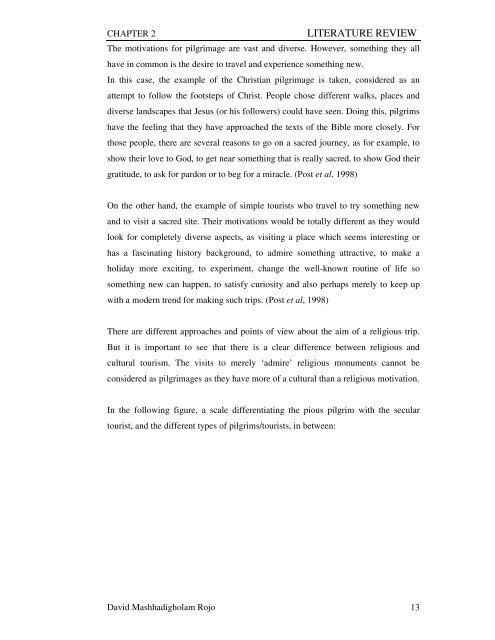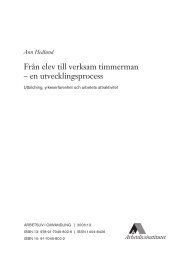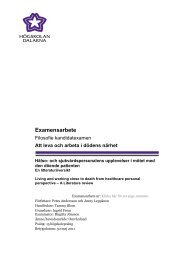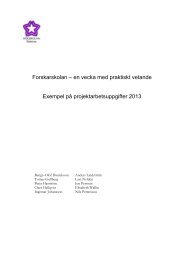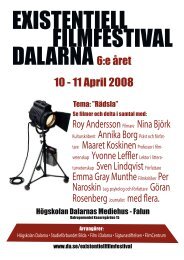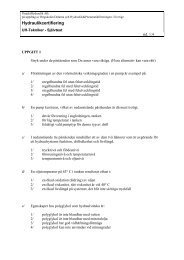Religious Tourism: The Way to Santiago
Religious Tourism: The Way to Santiago
Religious Tourism: The Way to Santiago
You also want an ePaper? Increase the reach of your titles
YUMPU automatically turns print PDFs into web optimized ePapers that Google loves.
CHAPTER 2 LITERATURE REVIEW<br />
<strong>The</strong> motivations for pilgrimage are vast and diverse. However, something they all<br />
have in common is the desire <strong>to</strong> travel and experience something new.<br />
In this case, the example of the Christian pilgrimage is taken, considered as an<br />
attempt <strong>to</strong> follow the footsteps of Christ. People chose different walks, places and<br />
diverse landscapes that Jesus (or his followers) could have seen. Doing this, pilgrims<br />
have the feeling that they have approached the texts of the Bible more closely. For<br />
those people, there are several reasons <strong>to</strong> go on a sacred journey, as for example, <strong>to</strong><br />
show their love <strong>to</strong> God, <strong>to</strong> get near something that is really sacred, <strong>to</strong> show God their<br />
gratitude, <strong>to</strong> ask for pardon or <strong>to</strong> beg for a miracle. (Post et al, 1998)<br />
On the other hand, the example of simple <strong>to</strong>urists who travel <strong>to</strong> try something new<br />
and <strong>to</strong> visit a sacred site. <strong>The</strong>ir motivations would be <strong>to</strong>tally different as they would<br />
look for completely diverse aspects, as visiting a place which seems interesting or<br />
has a fascinating his<strong>to</strong>ry background, <strong>to</strong> admire something attractive, <strong>to</strong> make a<br />
holiday more exciting, <strong>to</strong> experiment, change the well-known routine of life so<br />
something new can happen, <strong>to</strong> satisfy curiosity and also perhaps merely <strong>to</strong> keep up<br />
with a modern trend for making such trips. (Post et al, 1998)<br />
<strong>The</strong>re are different approaches and points of view about the aim of a religious trip.<br />
But it is important <strong>to</strong> see that there is a clear difference between religious and<br />
cultural <strong>to</strong>urism. <strong>The</strong> visits <strong>to</strong> merely ‘admire’ religious monuments cannot be<br />
considered as pilgrimages as they have more of a cultural than a religious motivation.<br />
In the following figure, a scale differentiating the pious pilgrim with the secular<br />
<strong>to</strong>urist, and the different types of pilgrims/<strong>to</strong>urists, in between:<br />
David Mashhadigholam Rojo 13


